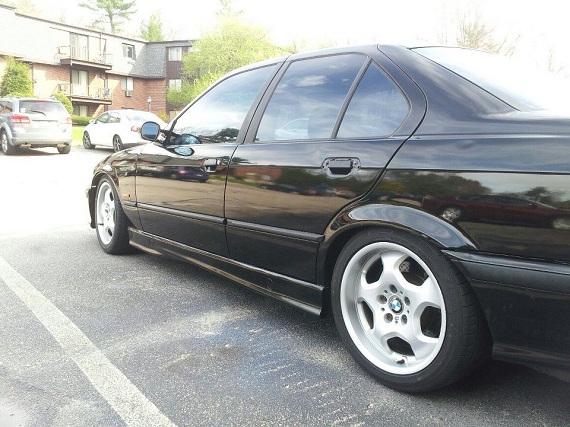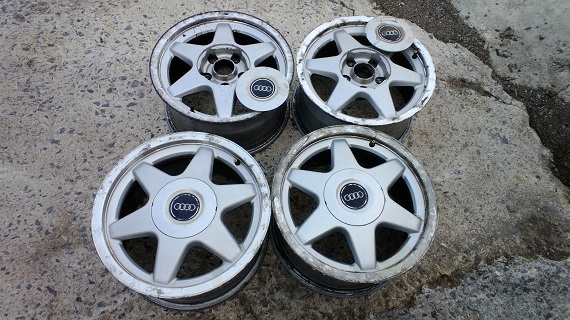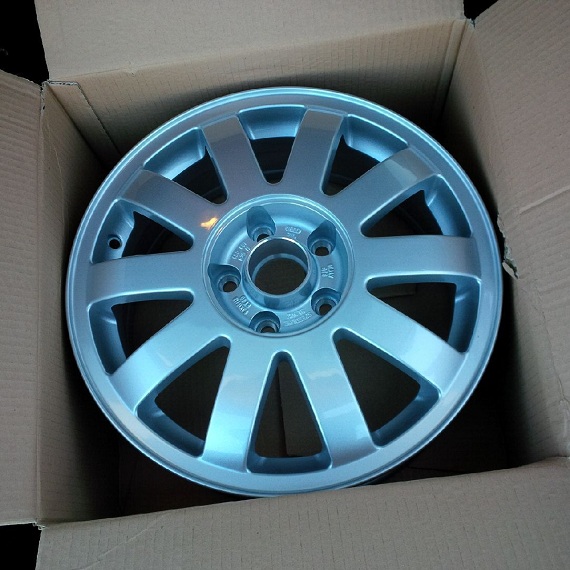There is an adage which has been around since the inception of the automobile; the idea that racing helps to sell cars, and specifically “win on Sunday, sell on Monday” has become the basis for many manufacturer’s participation in motorsports. Audi certainly used it to their advantage in the 1980s, creating a rally legend with their Quattro; the associated technology with those original WRC cars quickly filtered down into the entire product line. It’s one of the best examples of direct racing technology spreading to the average consumer in recent memory. However, after the end of the Group B formula Audi pushed the high horsepower efforts towards road racing. Most of those efforts, while extremely impressive, were wasted; Audis sales in the late 1980s and early 1990s slipped to pre 1980s lows in spite of headliner wins in the both IMSA and Trans-Am series. Shortly thereafter Audi went through a product line shift as it moved from the numbered series to the now-familiar “A” designations and ended the venerable turbocharged 5 cylinder – the basis for nearly all of the wins it recorded from 1980 to 1995.
An interesting thing then happened – Audi pursued Touring Cars with the new A4 platform. Audi was, in fact, not a stranger to the form of racing, having raced in various touring car groups since the 1970s. However, it was the method which Audi pursued with focus new championships that redefined the racing scene once again. The A4 STW (Super Touren Wagen) proved as successful as it predecessors had been, winning the Italian, German and British Touring Car Championships. What was interesting, though, was that during this time Audi had effectively no derivative performance cars based upon the A4. That would wait until the A4’s quattro all-wheel drive had been banned by the FIA, and the new V6 twin-turbo powered S4 was launched. It was the reputation that Audi had built that would spur on both sales and replicas of some of those touring cars, such as today’s heavily modified S4:




